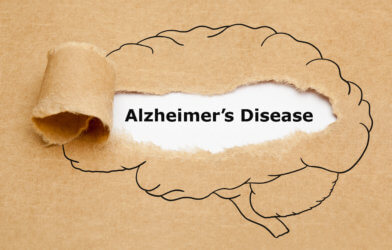Music and dancing are some of the most joyous aspects of the human experience. Yet for many, the dance floor can be a daunting destination. What comes naturally to some feels like an impossible jigsaw puzzle to others. If you’ve ever wondered why you or someone you know has two left feet when it comes to dancing, scientists may have found the answer.
Researchers from the Vanderbilt Genetics Institute and 23andMe have collaborated to conduct the first large-scale genomic study on dancing ability. They found 69 genetic variants linked to the ability to move in synchrony with music beats.
“Rhythm is not just influenced by a single gene, it is influenced by many hundreds of genes,” says co-senior author Reyna Gordon, PhD, associate professor in the Department of Otolaryngology – Head and Neck Surgery and co-director of the Vanderbilt Music Cognition Lab. “Tapping, clapping and dancing in synchrony with the beat of music is at the core of our human musicality.”
Gordon also points out that many of the discovered genes are associated with central nervous system function, including ones expressed early on in brain development and in areas in charge of auditory and motor skill development.
23andMe has an extensive research dataset, and were able to provide study data from more than 600,000 customers who consented to be part of the research. “The large number of consented study participants offered a unique opportunity for our group to capture even small genetic signals,” says David Hinds, PhD, a research fellow and statistical geneticist at 23andMe.
Scientists say they noticed that beat synchronization shares some of its genetic characteristics with other related every-day rhythmic activities, such as walking, breathing and circadian pattern.
The team believes that this particular finding will be beneficial for exploring other rhythmic patterns that affect patient health and wellness outcomes, especially in respiratory or mobility conditions where these factors may be impaired. “This is novel groundwork toward understanding the biology underlying how musicality relates to other health traits,” explains co-senior author Lea Davis, associate professor of Medicine.
Moreover, the scientists are pleased with their main discoveries regarding music, as previous research hasn’t exactly addressed genetic components that may play a role in ability to catch a beat. This study provides a solid start for further expanding genomic and phenotypic studies to deepen understanding in this field of research. As they continue to do so, this will not only offer insight into musicality and health, but also into parenting and child development which heavily relies on synchronous movement and interaction.
This study is published in the journal Nature Human Behavior.












